Introduction: Capital Raising Stage
We are currently in the capital-raising stage, actively seeking funding to propel our mission forward. Our goal is to secure the necessary resources to transform innovative ideas into tangible assistive devices that will empower individuals with disabilities. This initial stage is crucial as it will lay the foundation for our future growth and impact.
1. Building Our Core Team
Goal: Assemble a multidisciplinary team of experts in engineering, design, and rehabilitation by Q1 of 2025.
Why It Matters: A skilled and dedicated team is essential to drive our research and development efforts and bring our vision to life.
Action Plan:
- Hire a Lead Engineer and Director of Rehabilitation to oversee product development and user testing.
- Recruit a Program Assistant to support operations and coordination.
- Onboard additional volunteers or interns to assist with specific tasks.
2. Securing Workspace and Infrastructure
Goal: By late 2024 or early 2025, secure a dedicated workspace for Ceez Industries, moving operations out of a home office to a professional environment where our team can collaborate and innovate effectively.
Why It Matters: A dedicated space will allow us to set up essential equipment, conduct research, and begin prototyping our devices in a controlled and focused environment.
Action Plan:
- Identify potential locations and evaluate cost and accessibility.
- Secure funding specifically for leasing and setting up the workspace.
- Plan the layout and purchase necessary office and lab equipment.
3. Product Development Phases
Phase 1: Research and Prototype Development (Q1-Q4 2024)
- Goal: Conduct extensive research on Spinal Muscular Atrophy (SMA) and user needs, and design initial prototypes for arm and core support exosuits.
- Why It Matters: Developing functional prototypes will demonstrate the feasibility of our technology and attract further investment.
- Action Plan:
- Conduct in-depth market research to identify the most critical needs of our target users.
- Design and develop initial prototypes using 3D printing technology.
- Integrate HASEL artificial muscles into prototypes.
- Iterate designs based on user feedback.
Phase 2: Product Refinement and Testing (Q1-Q2 2025)
- Goal: Refine prototypes for manufacturability and conduct clinical trials.
- Why It Matters: Ensuring our devices are safe and effective is crucial for regulatory approval and large-scale production.
- Action Plan:
- Conduct clinical trials and gather user feedback to improve product design.
- Initiate the process of obtaining regulatory approvals (e.g., FDA clearance).
- Develop manufacturing processes and establish supply chain partnerships.
Phase 3: Initial Product Launch (Q3-Q4 2025)
- Goal: Launch the first product line, targeting SMA patients.
- Why It Matters: Introducing the first product will generate initial revenue, attract partnerships, and validate our approach.
- Action Plan:
- Launch the product in collaboration with SMA organizations and healthcare providers.
- Establish partnerships to provide user support and collect feedback for further product development.
Phase 4: Expansion and Diversification (Late 2025)
- Goal: Develop new product lines for other neuromuscular disorders and expand market reach.
- Why It Matters: Expanding our product offerings will enable us to help more individuals and diversify revenue streams.
- Action Plan:
- Develop new products that cater to a broader range of neuromuscular conditions.
- Expand distribution channels and explore partnerships for advanced technologies (e.g., brain-computer interfaces).
4. Initial Fundraising Event
Goal: Host our first major fundraising event by Q2 2025 to raise additional funds for continued R&D and production.
Why It Matters: A successful fundraiser will not only provide necessary funds but also increase visibility and community support for Ceez Industries.
Fundraising Ideas:
- Host a gala or virtual event featuring testimonials, product demos, and a silent auction.
- Launch a crowdfunding campaign highlighting our progress and future goals.
- Partner with local businesses for sponsorships and in-kind donations.
5. Strategic Partnerships and Collaborations
Goal: Establish partnerships with rehabilitation centers, healthcare providers, and organizations like CureSMA to support product testing and development.
Why It Matters: Collaborations will provide access to valuable resources, expertise, and user feedback, enhancing the quality and impact of our products.
Action Plan:
- Reach out to potential partners with a clear value proposition, focusing on SMA organizations and rehabilitation centers.
- Develop MOUs (Memorandums of Understanding) to formalize collaborations.
- Engage partners in product testing and refinement phases.
6. Community Engagement and Awareness
Goal: Increase community engagement through outreach programs and educational workshops by the end of 2025.
Why It Matters: Building a supportive community base will help raise awareness, attract volunteers, and create a network of advocates for our mission.
Action Plan:
- Organize educational workshops on the importance of assistive technology.
- Launch a blog or YouTube channel featuring user stories, progress updates, and expert insights.
- Use social media to share milestones and connect with the community.
7. Evaluation and Next Steps
Goal: Evaluate our progress at the end of 2025 and outline the next steps based on the outcomes of our R&D and community feedback.
Why It Matters: Continuous evaluation will ensure that we stay on track with our mission and adjust strategies as needed to maximize impact.
Action Plan:
- Conduct a comprehensive review of our 2024-2025 milestones.
- Gather feedback from team members, partners, and users.
- Update the roadmap to reflect new goals and challenges.
